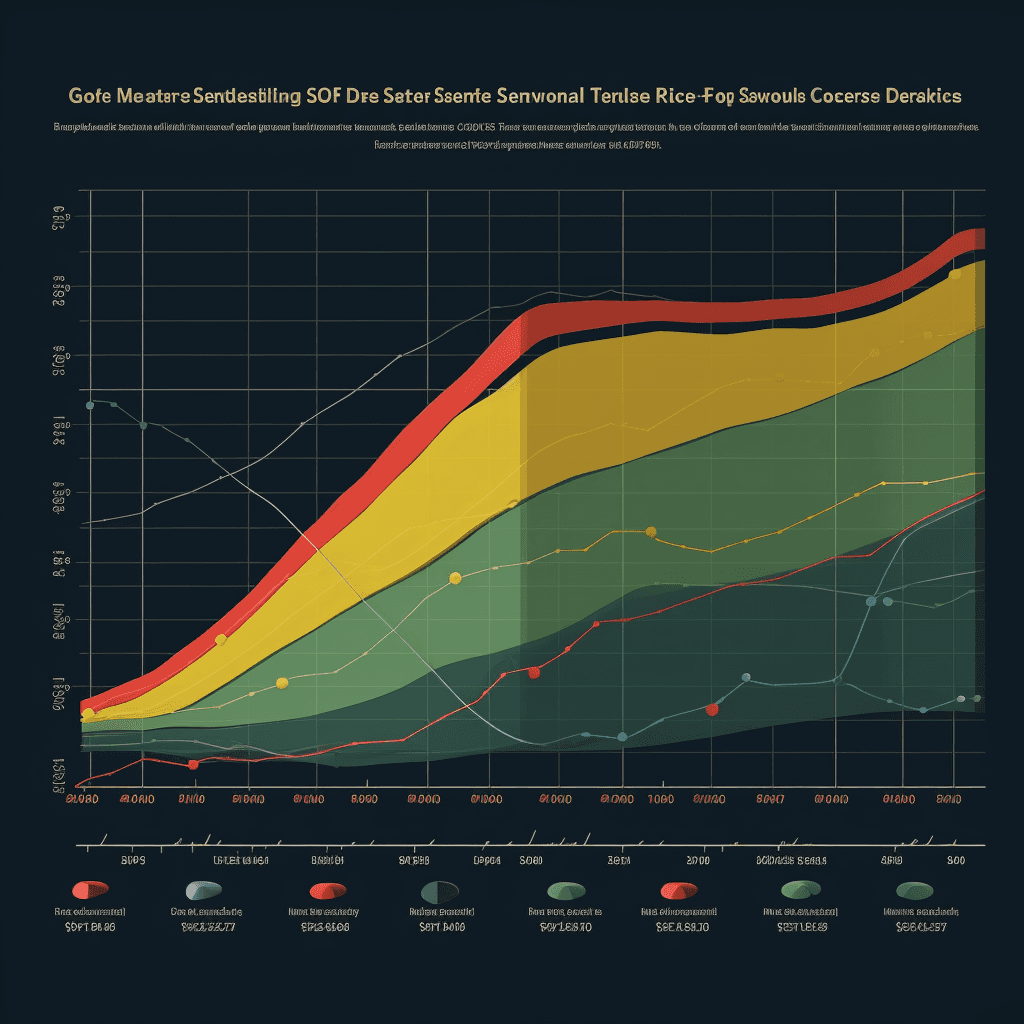The Relationship Between Consumer Debt & Personal Savings Rates
Oct 28, 2023

The relationship between personal savings rates and consumer debt levels in the USA is a complex interplay that's influenced by various factors including macroeconomic conditions, interest rates, consumer confidence, and fiscal policies. Historically, here are some general observations:
Post-World War II to the Late 1970s: After World War II, the U.S. experienced a boom, with relatively high personal savings rates. Consumer debt started to grow during this period but was relatively low as a percentage of GDP. Many families were buying homes and cars, yet they were also cautious with their finances, having lived through the Great Depression and wartime rationing.
1980s: The personal savings rate remained relatively high in the early 1980s, peaking around the early part of the decade. However, as the economy grew, deregulation in the financial industry and the proliferation of credit cards led to an increase in consumer debt. The boom of the late 1980s was accompanied by rising consumer spending and debt accumulation.
1990s to Early 2000s: The booming economy of the 1990s, driven by technological innovation and growth, saw a decline in the personal savings rate. The easy availability of credit and the housing boom of the early 2000s encouraged consumer borrowing. By the mid-2000s, the personal savings rate had dipped close to zero or even negative in some measurements. Meanwhile, consumer debt, especially mortgage debt, surged to unprecedented levels.
2008 Financial Crisis: The crisis, which was in part triggered by high levels of household debt (especially subprime mortgages), led to a sharp increase in the personal savings rate as consumers pulled back on spending and tried to deleverage. Consumer debt levels began to decline or stabilize as households defaulted on their mortgages, credit became tighter, and consumers became more cautious about borrowing.
Post-2008: After the recession, the personal savings rate remained elevated compared to the mid-2000s but has generally fluctuated based on economic conditions. Consumer debt started to rise again but shifted somewhat from mortgage debt to other forms, such as student loans and auto loans.
Recent Trends: Before the COVID-19 pandemic, the U.S. personal savings rate had been trending slightly upwards, while consumer debt levels also continued to grow, especially in sectors like student loans and credit card debt. During the pandemic, the savings rate dramatically increased due to reduced spending opportunities and fiscal stimulus, even as household debt dynamics changed with patterns like increased mortgage refinancing.
In conclusion, while the U.S. personal savings rate and consumer debt levels do show some inverse relationship at times (i.e., when savings rates are high, debt accumulation may slow, and vice versa), this isn't a strict rule. Both metrics are influenced by a wide range of factors, and their relationship can vary based on the broader economic context.
